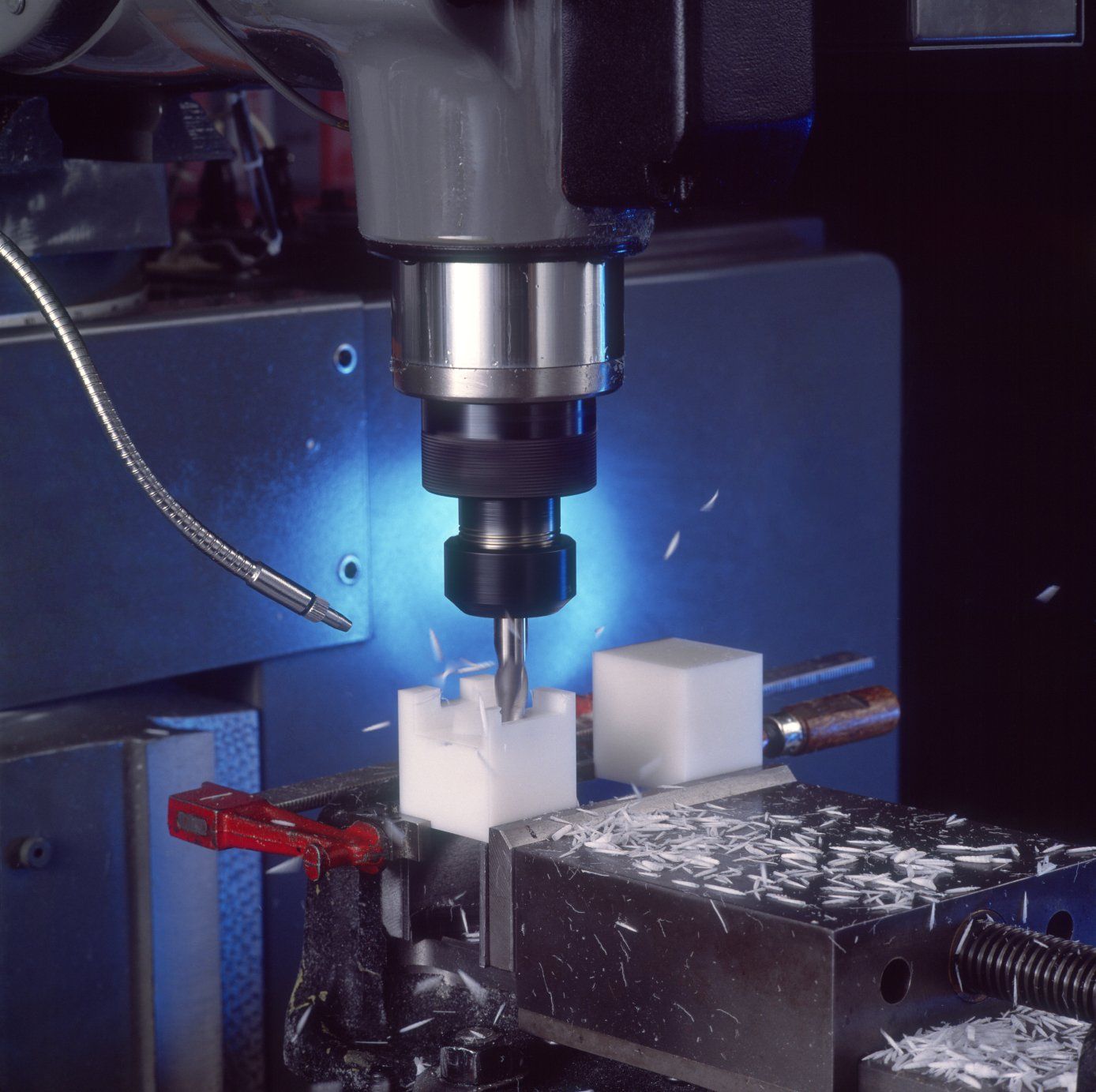Elevating Aerospace Manufacturing with Lean Six Sigma
Case Study: Transforming an Aerospace Manufacturing Business Through Lean Six Sigma and Hoshin Kanri
Faced with challenges in process efficiency and employee engagement, the company turned to our expertise in Lean Six Sigma and Hoshin Kanri. Read on to discover how our tailored solutions led to immediate, measurable improvements in both operations and customer satisfaction.
Background
VA Innovation, a leading Lean Six Sigma Consultancy, was engaged by a university research-based aerospace manufacturing business. The company had evolved into a significant commercial entity and was subsequently acquired by a global market leader. To sustain growth and reduce costs, a shift towards a production mindset was imperative for the onsite personnel.
Problem/Concern/
Improvement Area
The aerospace manufacturing business found itself at a crossroads, facing a myriad of challenges that were affecting its operational efficiency and customer satisfaction. Despite being part of a global market leader, the company was plagued by internal issues that were undermining its potential for growth and profitability.
Employees were disconnected from processes, leading to frequent errors, delays, and inefficiencies. This disconnect was exacerbated by a lack of accountability among team members, resulting in missed deadlines and unmet targets. Furthermore, the business setup was primarily focused on internal metrics and KPIs, largely disregarding the Voice of the Customer (VOC). This led to a misalignment between the company's offerings and customer needs, affecting both customer satisfaction and business transformation goals.
The absence of a coherent Lean Management strategy and Six Sigma methodologies meant that these issues were not being systematically addressed. This resulted in a cycle of recurring problems, wasted resources, and missed opportunities. The management team recognised that a fragmented approach would not yield the desired results; a comprehensive, Lean Six Sigma-based solution was needed to realign the company's operations with industry best practices and customer expectations.

Solution: Lean Upskilling and Hoshin Kanri Deployment Initiatives
To address the complex challenges faced by the aerospace manufacturing business, VA Innovation devised a multi-faceted solution that combined Lean Upskilling and Hoshin Kanri Deployment Initiatives. Our approach was designed to be comprehensive, sustainable, and aligned with the company's long-term objectives.
Phase 1: Current State Assessment
Our team of Lean Consultants and Six Sigma experts conducted a thorough current state review. Utilising Lean Six Sigma tools like Value Stream Mapping and Fishbone Diagrams, we identified bottlenecks, inefficiencies, and areas requiring immediate attention.
Phase 2: Lean Upskilling
We rolled out a series of Lean Upskilling training sessions, aimed at equipping employees with the skills and mindset required for continuous improvement and effective problem-solving techniques. These sessions covered key Lean Management principles and Six Sigma methodologies.
Phase 3: Hoshin Kanri Deployment
As part of our Lean Six Sigma methodology, we introduced Hoshin Kanri, a strategic approach to continuous improvement. This involved setting up a framework for aligning the company's strategic objectives with daily operational activities, ensuring that everyone was working towards common goals.
Phase 4: Collaboration with Local Experts
Our team collaborated closely with onsite subject matter experts and the management team to ensure that the Lean Six Sigma principles were effectively integrated into the company's existing processes.
Phase 5: Visual Strategy Plan
A comprehensive visual strategy plan was developed to serve as a roadmap for the implementation of Lean Management and Six Sigma initiatives. This plan was shared with all stakeholders to ensure transparency and collective ownership.
Phase 6: Monitoring and KPIs
Newly established Key Performance Indicators (KPIs) were put in place to monitor the program's effectiveness. Regular audits were conducted, and feedback loops were established to make necessary adjustments and ensure a focused approach to productivity and customer satisfaction.
Outcome: Immediate and Measurable Results Through Lean Six Sigma and Hoshin Kanri
The impact of our multi-faceted solution was both immediate and measurable, leading to significant improvements across various aspects of the business. Here's a detailed breakdown of the key outcomes:
Improved Employee Engagement
For the first time in five years, the company saw a notable improvement in employee engagement survey scores. This indicated a successful cultural shift towards a production mindset, thanks to our Lean Upskilling and Six Sigma training initiatives.
Positive Trend in KPIs
The newly established Key Performance Indicators (KPIs) began trending positively. This demonstrated a more focused approach to Lean Management and customer satisfaction, aligning the company's operations with industry best practices.
Strengthened Accountability
The implementation of Hoshin Kanri helped in establishing a clear line of accountability among employees, leading to more responsible decision-making and better alignment with the company's strategic objectives.
Dramatic Reduction in Process Time
One of the most significant achievements was a 50% reduction in process time for a key operation. This effectively doubled the overall capacity of that operation without requiring additional capital investment, showcasing the power of Lean Six Sigma methodologies in action.
Enhanced Customer Satisfaction
By aligning the company's operations with the Voice of the Customer (VOC), we were able to significantly improve customer satisfaction rates. This was a direct result of our Lean Management principles and continuous improvement strategies.
Cost Efficiency
The company realised substantial cost savings due to the elimination of inefficiencies and bottlenecks. These savings were reinvested into R&D and other critical areas, contributing to the overall business transformation and increased profitability.




